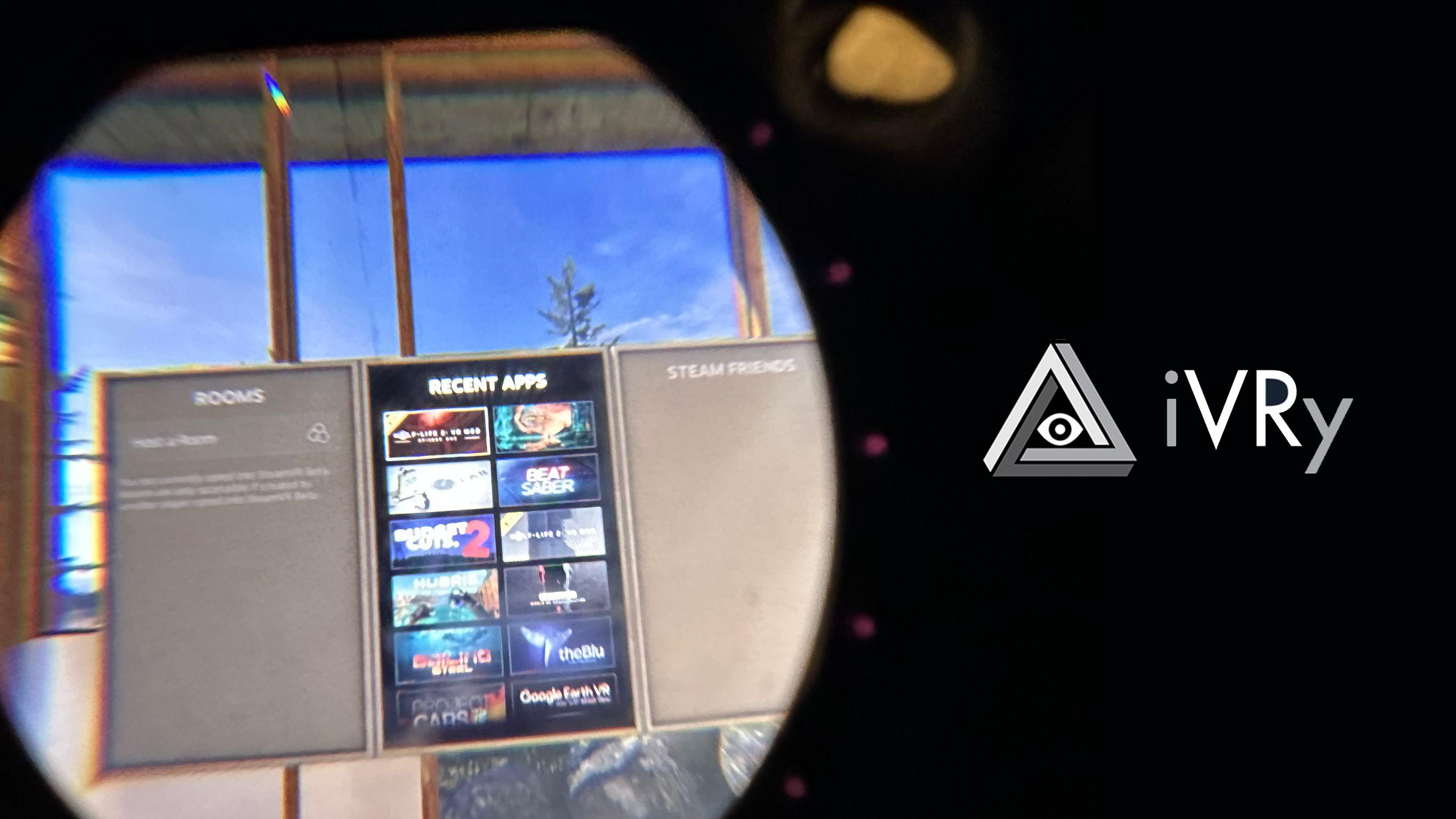The project to get PlayStation VR2 working as a PC SteamVR headset just got headset positional tracking working.
PSVR 2 already does technically work on PC, without any third party tools or drivers, but only in the “cinema mode” where it shows your monitor floating in front of you, and only on specific NVIDIA 20-series GPUs. On PC, this mode also lacks positional tracking.
iVRy, the developer of one of the third party SteamVR drivers for the original PlayStation VR, has been experimenting with PSVR 2 since they got access to the headset in late February. Two weeks ago iVRy got SteamVR output to the headset working, with a major caveat – they used a Linux PC with custom software as a “man in the middle” between the PSVR 2 and PC.

At the time, we noted the other major caveat was that there was no tracking, neither positional nor even rotational. But iVRy today said they have figured out how to read the 6DoF positional tracking data from PSVR 2 and feed it to SteamVR. iVRy tells us they verified this working by walking around in SteamVR while wearing PSVR 2.
iVRy says this is possible because PSVR 2 performs positional tracking onboard, as a standalone headset would, and sends its position coordinates to the PlayStation 5 – or in this case the PC.
However, iVRy is currently only reading the 60Hz optical computer vision tracking data, and not also the 2000Hz accelerometer & gyroscope (IMU) data. All VR tracking systems actually use the IMU data as the primary input to minimize latency and maximize accuracy, with the optical tracking data technically only being used to drift correct it.
The project also currently doesn’t have Sense controller tracking working yet, but iVRy says the controller ring infrared LED pattern tracking is also done onboard the PSVR 2 headset, so there’s “no reason to think” it won’t eventually be possible to get working too.
A (partially populated) rendering of the Raspberry Pico based DP-AUX emulator board. pic.twitter.com/kyRCw4xrvs
— iVRy (@iVRy_VR) July 9, 2023
But controller tracking isn’t iVRy’s next immediate priority. What they’re mainly working on now is replacing the Linux PC middleman – which essentially tricks the PSVR 2 headset into thinking it’s connected to a PS5 so it goes into VR mode – with a Raspberry Pi Pico.
This would serve as a reference design for a potential adapter for end users to connect PSVR 2 to their PC via DisplayPort. iVRy tells that while they are designing this adapter, they have no intention to manufacture it. Another company will need to actually produce and sell it to end users.
So PlayStation VR2 can work as a PC SteamVR headset now, and it even has positional tracking, but it still requires a specific custom hardware and software setup. A finished adapter for end users is still a long way off, and no company has yet announced an intention to produce it.




